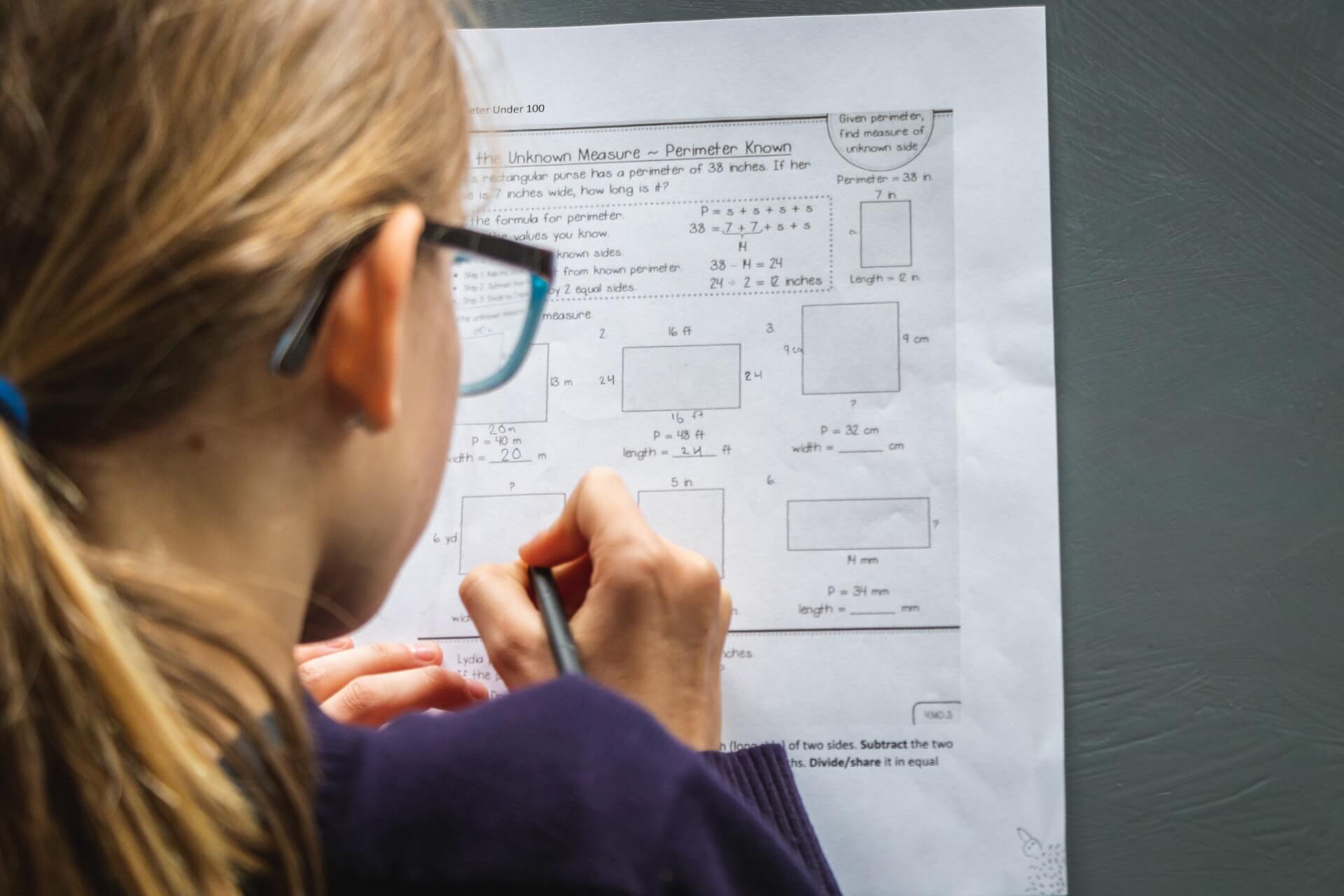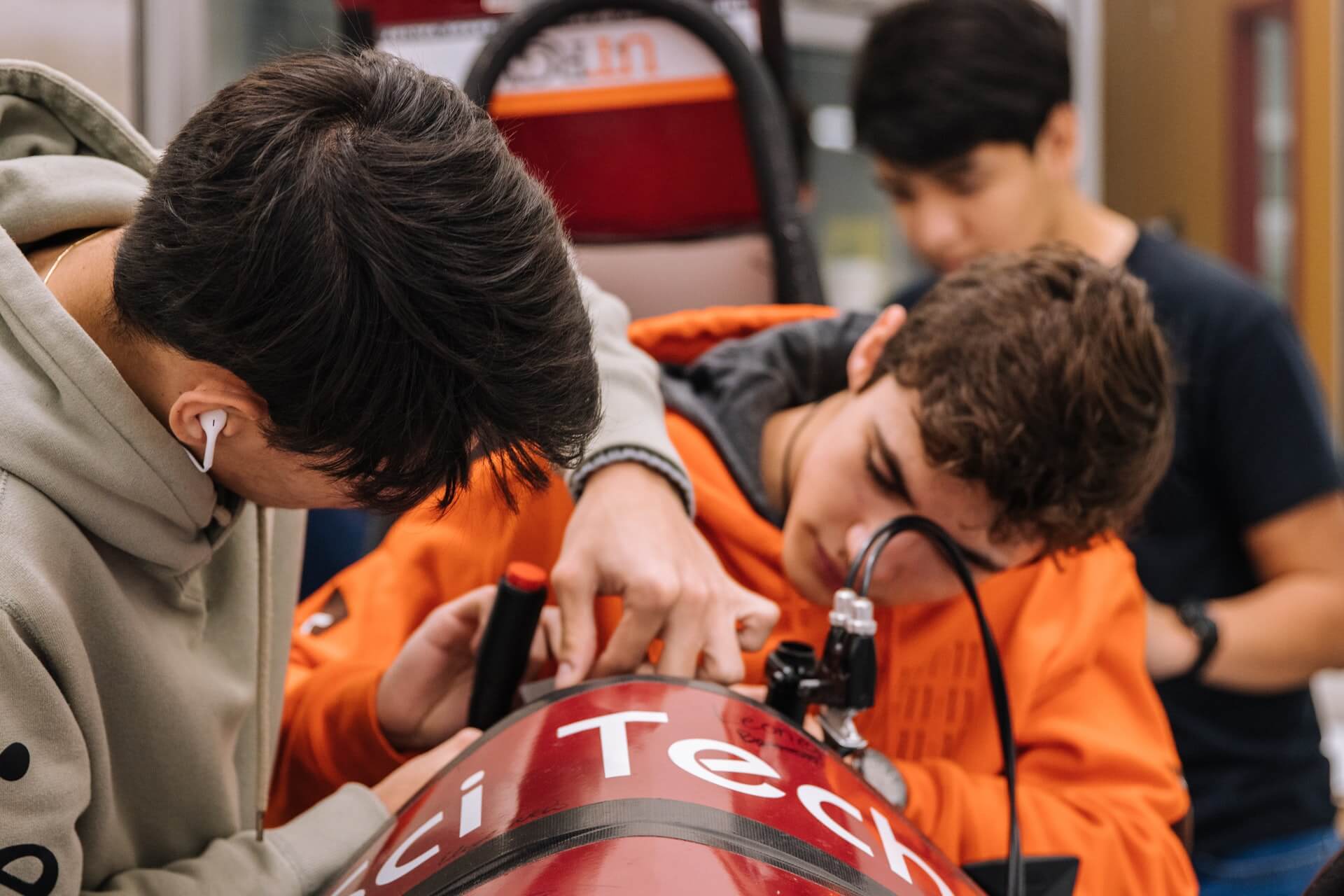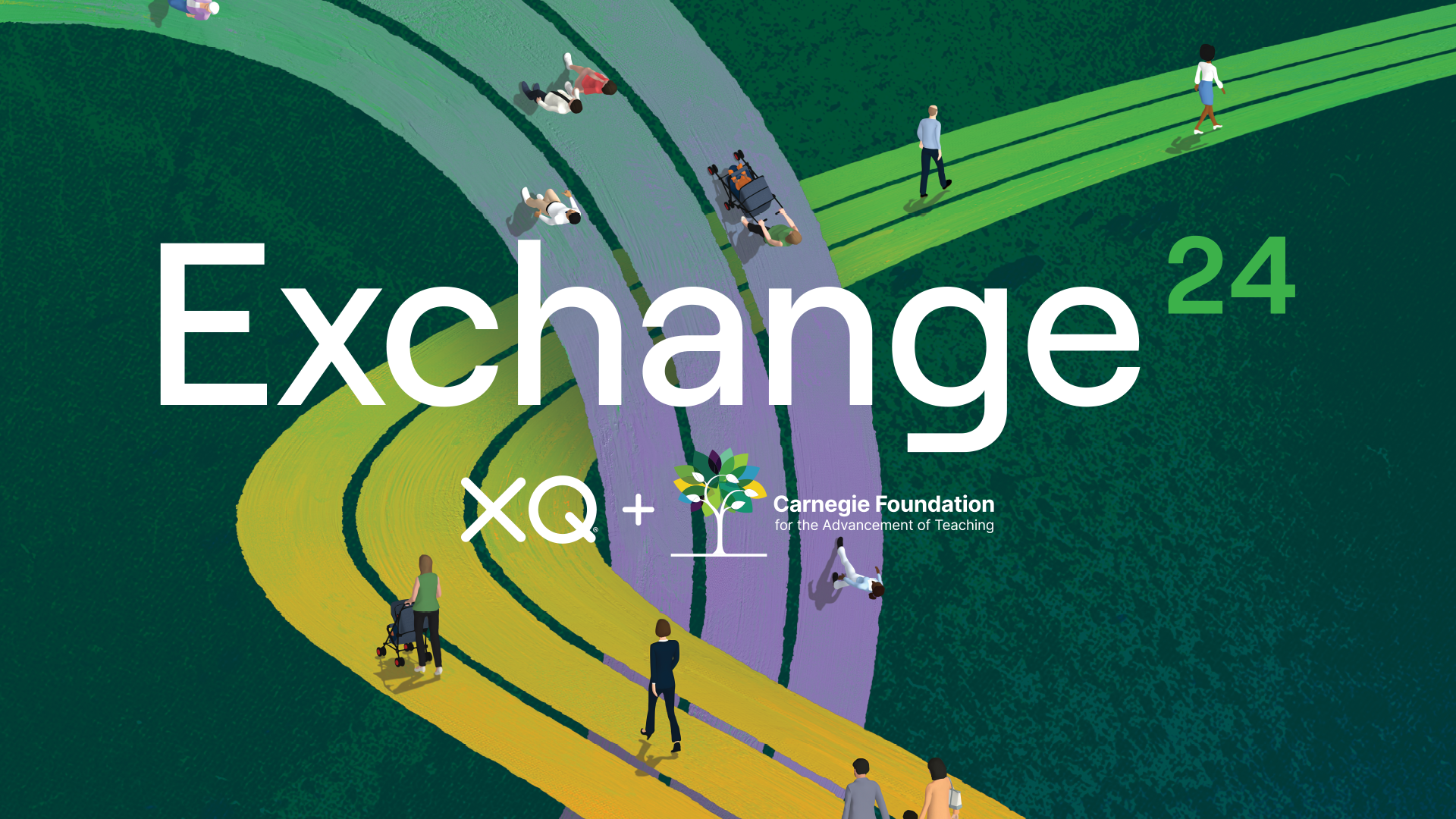Challenges and Opportunities in Project-Based Mathematics
The looks on the math teachers’ faces told me they were puzzled, and a little concerned.

The looks on the math teachers’ faces told me they were puzzled, and a little concerned. I was a teacher at a new, alternative high school in Pacifica, California in the 1990s and we were planning our approach to curriculum and instruction. Our small school would have a block schedule, interdisciplinary team-teaching, community service, a required senior project for graduation, and project-based learning (PBL).
It was ambitious, especially in math. My math colleagues had a traditional view of how math should be taught. They worried that a PBL approach wouldn’t let them cover enough of the curriculum and that projects wouldn’t be academically rigorous. They also thought a certain amount of basic procedural skills and mathematical concepts had to be practiced before applying them to real-world problems. These were legitimate concerns then, and they’re still debated by math educators now.
Like many high schools, we began using project-based learning in other subject areas like science, social studies, English, the arts, and even world languages, but never in math.
The Challenges of Project-Based Math
The concerns expressed by my colleagues back then have deep roots. The progressive education movement has wrestled with the issue of how to teach math since the early 20th century. John Dewey, the grandfather of PBL who advocated learning by doing, didn’t have much to say about math specifically. Progressive educators who moved Dewey’s vision forward—from Ted Sizer and his Coalition of Essential Schools (of which my high school was a member), to today’s “deeper learning” schools and organizations—find it tricky to navigate how math should be taught.
Additionally, more research on a project-based approach to math is needed. As Uri Treisman, professor of mathematics at The University of Texas at Austin told XQ, “It’s still new. We don’t have enough studies to show whether it’s working.” Apart from one well-known (but limited) study by Jo Boaler in the late 1990s that found a project-based approach to math worked better than traditional instruction, the jury is still out.
However, many educators today are rethinking how math is taught. Our nation’s math test scores are disappointing and have not shown improvement in recent years. Students in math classes continue to ask the perennial question, “why do I need to know this?” For them, classroom math seems abstract and disconnected from the real world. And students who don’t respond to the traditional methods of teaching math may find the subject a barrier to college and many career possibilities. These days, K-12 schools are setting goals for graduates that not only include a strong academic foundation but also include skills like problem solving, collaboration, original thinking, and lifelong learning.
Five Barriers to Project-Based Math
For many years I’ve observed, read about, and listened to math teachers considering or doing PBL. I’ve also asked math experts at progressive schools and networks about how they’ve tried to address the issues. These conversations have led me to identify five barriers to project-based math:
The time issue. “There’s too much to cover and not enough time; doing projects would slow things down. I have to get them ready for the next course and for college!”
The testing issue. “Our district and state tests are multiple-choice and focus on procedural knowledge, not on the conceptual thinking and mathematical modeling that a project-based approach involves.”
The standardized curriculum issue. “I have to follow a standardized curriculum (whether it’s a textbook or other materials) and it doesn’t align with a project-based approach.”
The application issue. “I can’t think of enough ideas for projects with real-world applications. And some math content, especially at the secondary level, just cannot be taught that way.”
The readiness issue. “Students need a certain amount of basic knowledge in a math course before they can even begin thinking about a project with real-world applications. So I have to teach the content first, then maybe we can do a project to apply it at the end of the semester.”
Some of these challenges have been overcome by progressive schools and networks, and sometimes compromises have had to be made. Let’s look at some examples.

How PBL Schools Have Attempted to Address the Challenges of Project-Based Math
Some independent or alternative schools that do not have to worry about state test scores have found ways to teach math in more progressive ways, often including the use of PBL. And some highly skilled, innovative teachers can be found in “regular” schools who have done it, too: all respect to them!
But even in schools and networks that have developed a school-wide project-based program, math has generally proved challenging. In these schools, math is taught through a combination of some traditional methods and more progressive approaches that emphasize conceptual understanding and mathematical modeling. Many experienced PBL schools and networks use problem-based learning for math, which is typically more limited in scope than project-based learning but still involves inquiry, real-world applications, and “thinking with math.”
In these schools, math teachers may sometimes design a project—often a “capstone” type of project after a unit or near the end of a semester —-in which students apply math they have already learned. Math may be included in an occasional interdisciplinary project. However, a challenge with that approach is making sure math is not just tagging along and letting other subjects drive the project. It’s all too common, especially at the secondary level, to see math reduced to simple calculations or statistics, while science,social studies, or some other disciplines get to focus on important content for their subject. (Advice for handling this: be sure math takes the lead for some projects!)
I recently reached out to educators at some of the major PBL-focused school networks in the U.S., which serve students with a variety of demographics, and heard how they are approaching math at the high school level. Generally speaking, they use the above approach: teach math in progressive ways, and do occasional projects. Here are some nuances and insights I gleaned from these conversations.
High Tech High and its spinoffs in southern California are probably the most famous PBL-infused schools. I spoke with Sarah Strong, who has been a math teacher and instructional coach at HTH for many years and a mentor to other math teachers. She’s also the co-author of a forthcoming book on teaching math in a PBL environment, “Dear Math,” which she wrote with students. She noted:
- Math education has been “mis-defined.” It has not been not about collaboration, creation, and the construction of something new; it’s taught passively, with students receiving and regurgitating information.
- Math assessment has traditionally emphasized recall of information, but there are signs of change. In California, for example, new math curriculum frameworks call for more student-centered assessment practices, student collaboration, and outline what project-based advanced data science courses might look like, as an alternative to calculus. Much of the substance, however, was overshadowed by the controversy over whether to include social justice topics in math classes.
- Mathematical modeling and the mathematical practices in the Common Core are very compatible with a project-based approach.
- Daily work in math class should include problem-based learning, student questioning, and many of the practices found in PBL, which is just “good teaching.”
New Tech Network now includes more than 200 schools across the U.S., mostly high schools but with some middle and elementary schools. Their program is “wall-to-wall PBL” in all subjects, all the time, but in math they use a problem-based approach. I spoke with Megan Pacheco, Chief Learning Officer at NTN, who said:
- New Tech began 20 years ago by teaching math with science, but the projects, while highly engaging, sometimes didn’t teach enough math. Now they use a problem-based learning approach for math, for the most part.
- The shifts they wanted to see in math teaching were focusing on “inquiry, discourse, and positive self-regard (students seeing themselves as mathematicians).” That was the goal, so both a problem-based or project-based approach could be a way to get to that goal.
- NTN adopted Illustrative Mathematics lessons, which help teachers get started and develop a strong base of good practices, as a foundation for eventually designing their own project-based curriculum.
Envision Education has three high schools in the San Francisco Bay Area, all of which feature PBL as the dominant but not exclusive pedagogy. I heard about their approach to math from Vinci Daro, director of STEM learning at Envision Learning Partners. Here are the highlights:
- Envision uses a hybrid approach, mixing occasional PBL-style projects with the Illustrative Mathematics program.
- Vinci finds Illustrative Mathematics to be “very innovative” and compatible with the kind of teaching Envision values, because it features open-ended problems and a classroom culture that promotes a variety of ways of thinking.
- The “modeling prompts” provided in Illustrative Mathematics focus on real-world applications, even if they are not projects per se. For example, one prompt has students investigate energy costs for different heating systems for a fictitious homeowner.
These networks, certainly, have made progress on the progressive education front when it comes to math. Now, XQ Institute is designing a fully project-based high school math course, starting with Algebra 1 (and soon, Geometry).
XQ Labs, a new team within XQ Institute, developed seven new modules to give students the chance to solve problems about issues in their real world. Students at 360 High School in Rhode Island explored environmental changes through data analysis. At Washington Leadership Academy in DC, students planned for a financial decision by designing an algebraic model. In the midwest, students at Grand Rapids Public Museum High School, students found how many notes a self-made instrument can play using best-fit lines (showing a relationship between actual instrument and the possible notes it can play). And at Purdue Polytechnic High School’s North campus, students figured out how a TikTok video goes viral using exponential growth.
In just one year of piloting these modules, XQ’s Research and Learning Coordinator Lennex Cowan said he’s seen that students like to be creative with showcasing their math thinking. “That creativity, plus autonomy in how and when they engage in learning math topics, are components of an ideal math classroom,” he added. With student and teacher feedback, he said XQ Labs is continuing to create a culturally responsive curriculum that ensures every child can learn math that piques their genuine interest.
Sign up to Pilot XQ Math: Join us to pilot an XQ Math module in the 2021-2022 academic year. We are also looking for teachers to pilot modules for the 2022-2023 academic year. To sign up, visit: https://xqsuperschool.org/math/
Stay tuned: Look for more details, including some sample projects, in our third post in this series about math and PBL! For more in the series, see:









